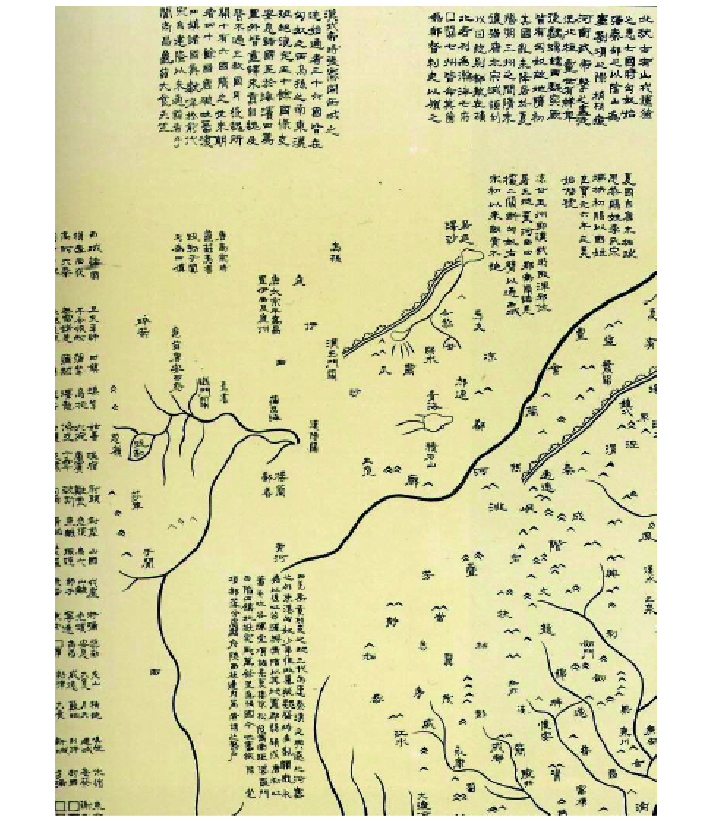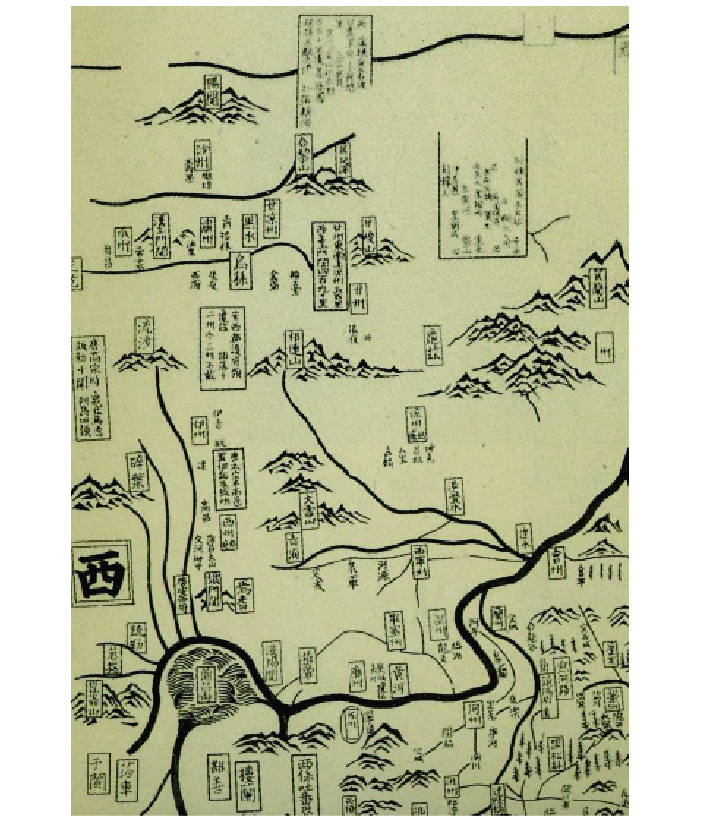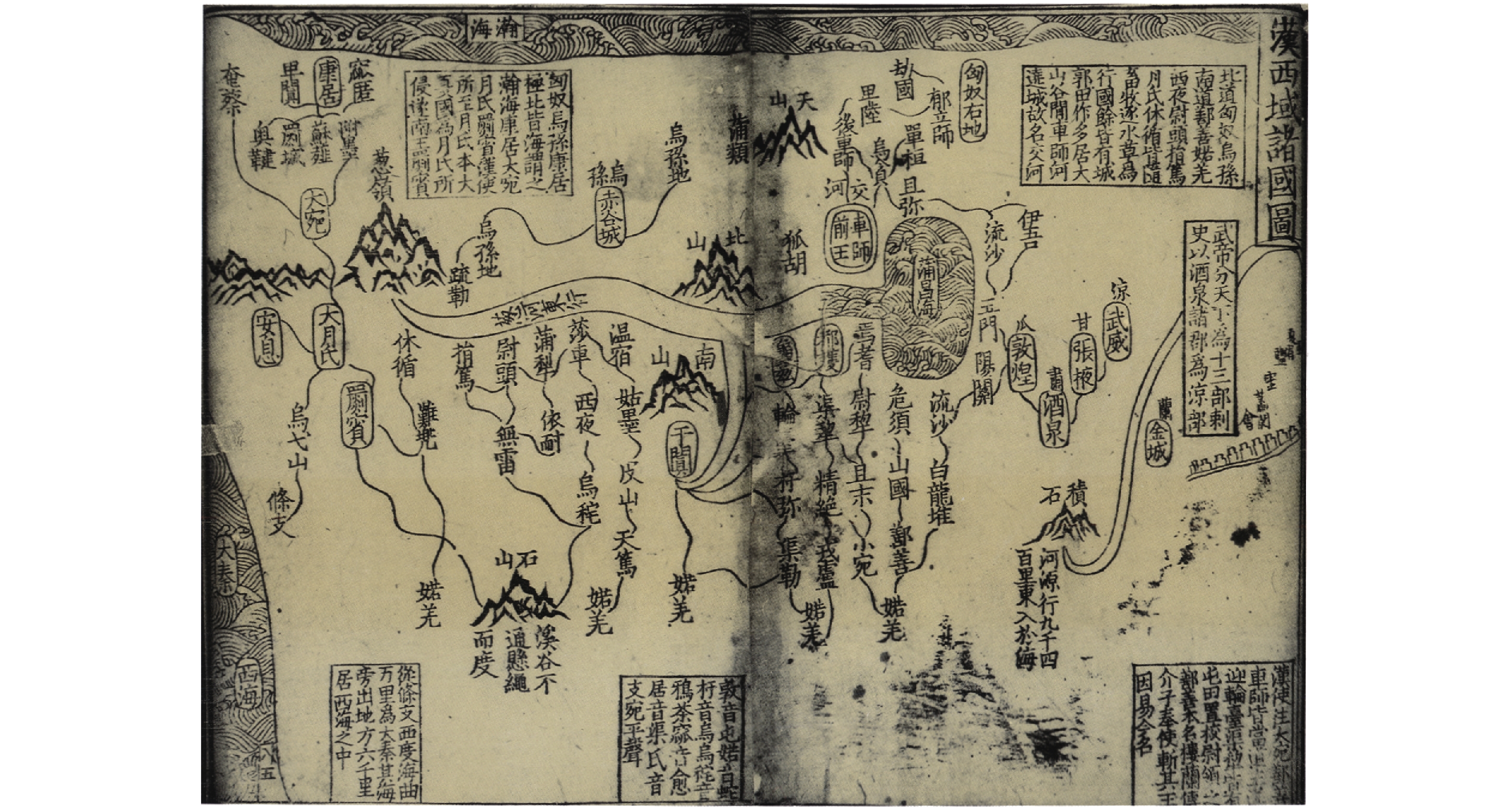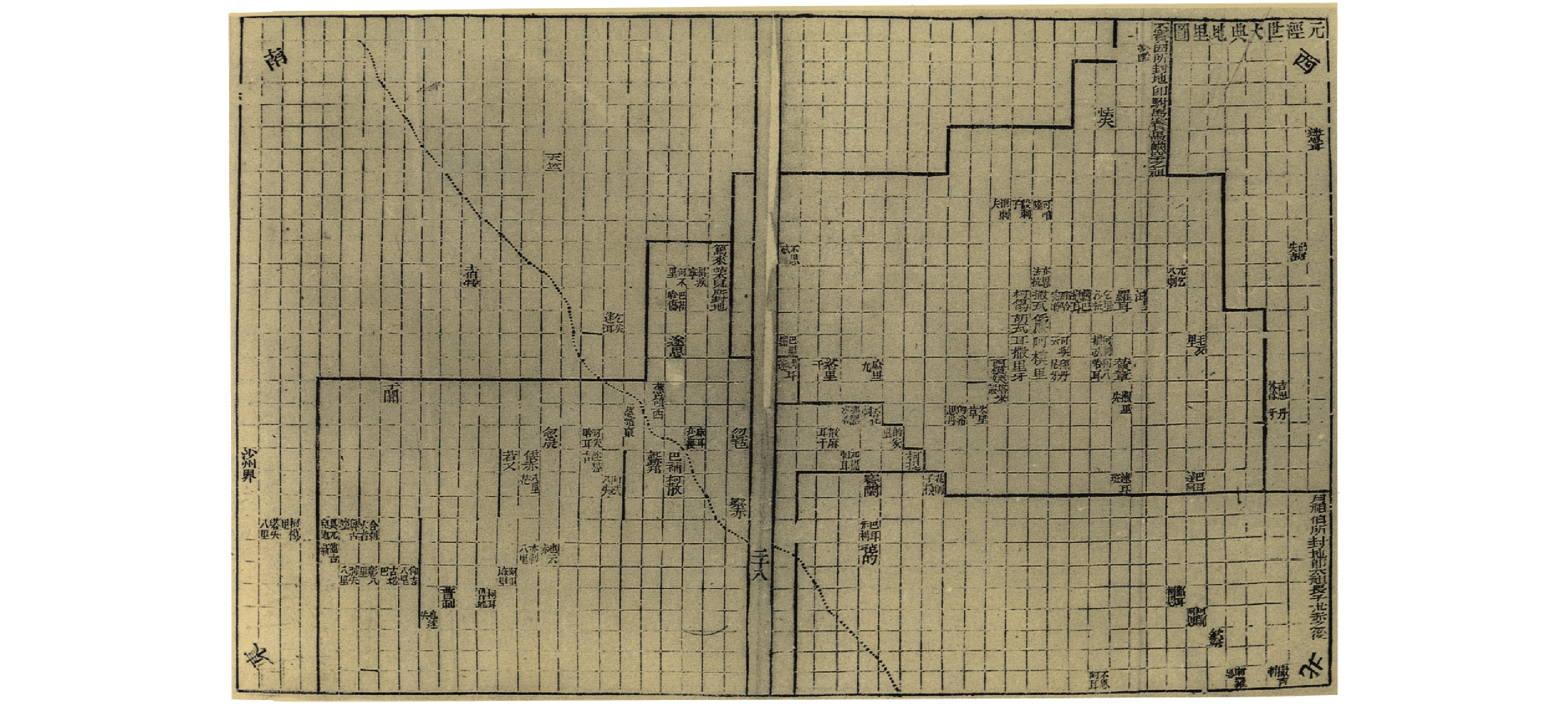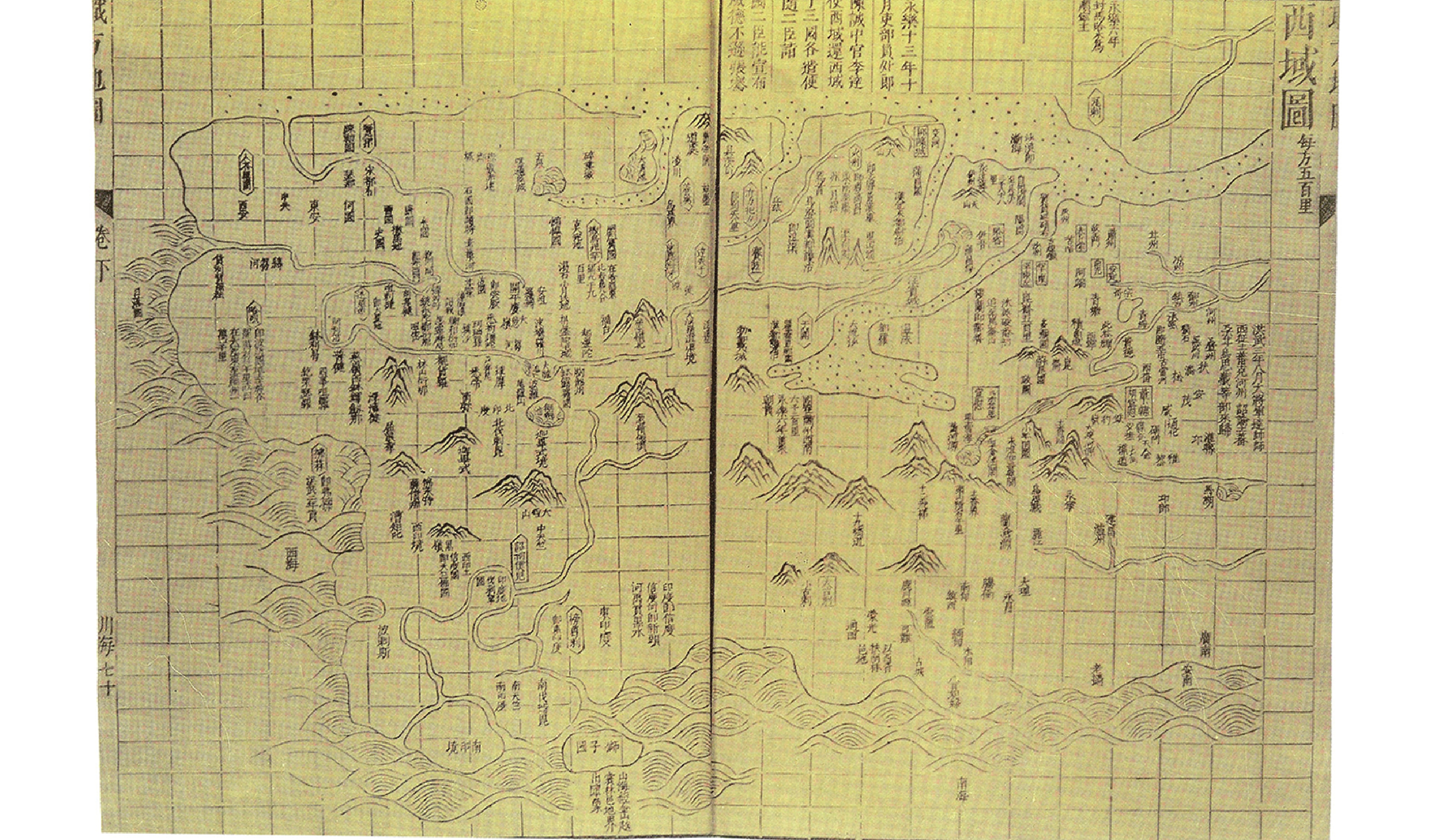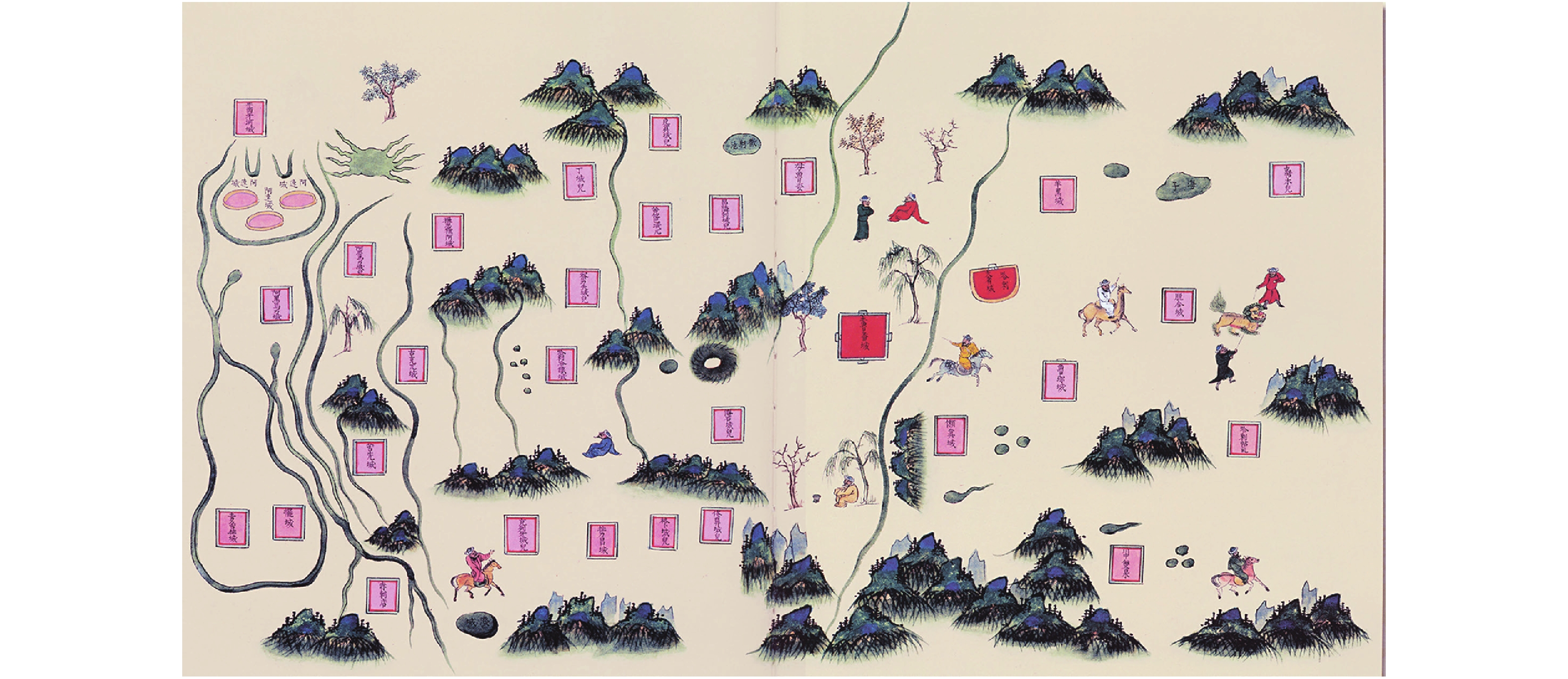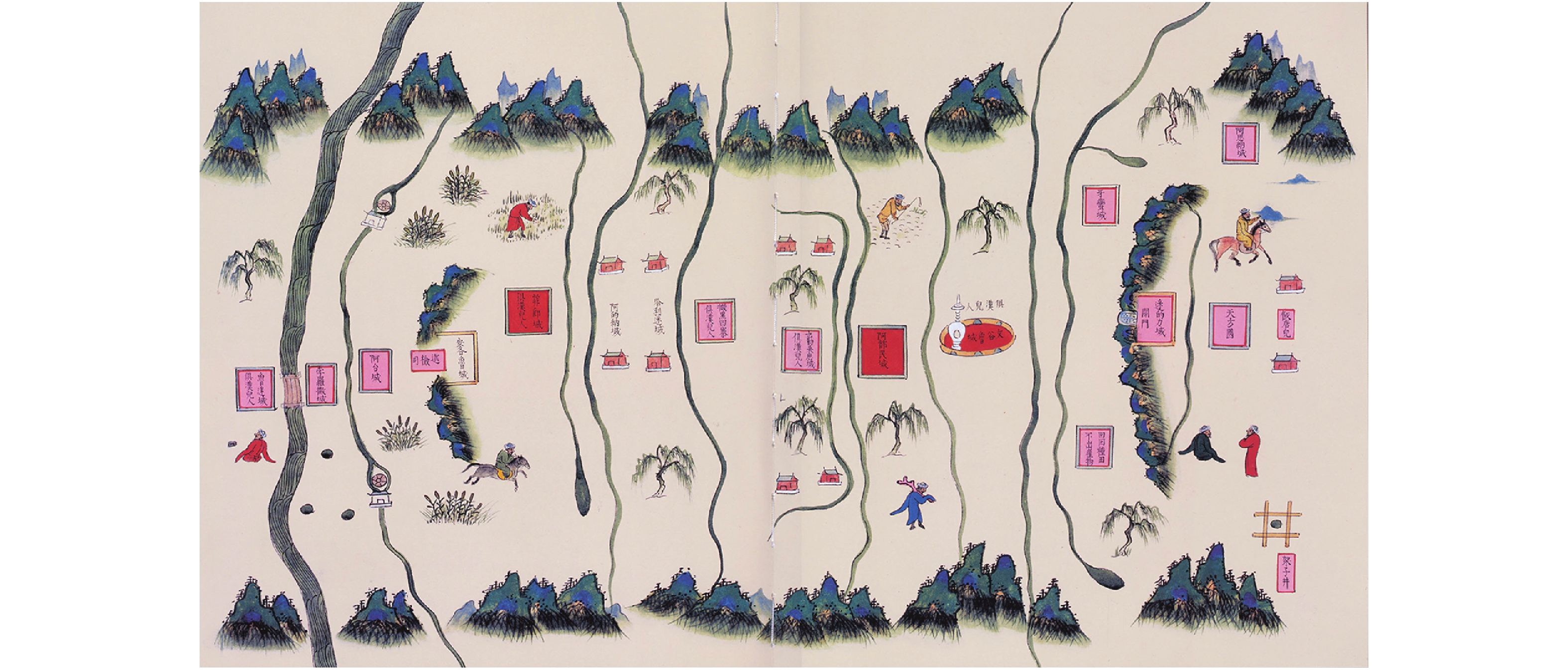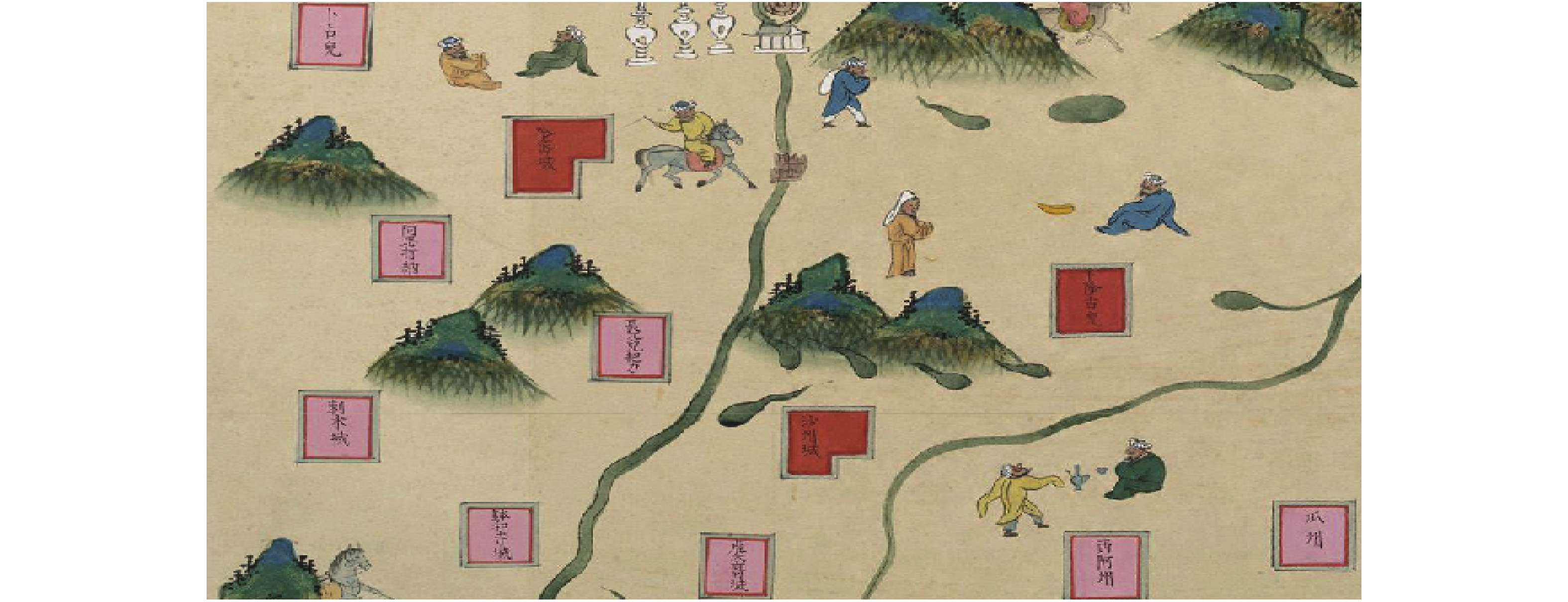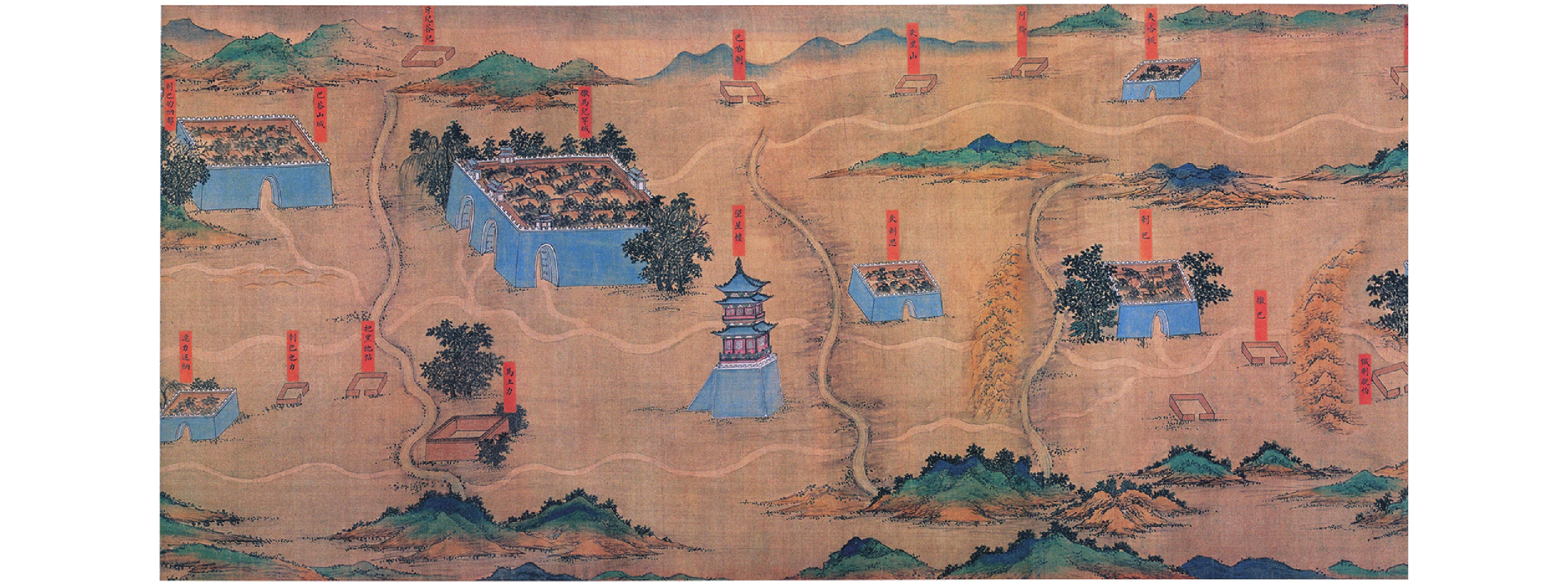Citation:
Huidong XI. View of the Western Regions in the Maps of Song, Yuan and Ming Dynasties[J]. Academic Monthly, 2018, 50(11): 149-161.

View of the Western Regions in the Maps of Song, Yuan and Ming Dynasties
-
Abstract
The ancient maps are not only reflections of the ancient geographical situation, but also expression of political power and geographical concept. Since Zhangqian was accredited to the Western Regions in the Han Dynasty, the political concern of the dynasties and knowledge concern of the Chinese historiography for the Western Regions have never been interrupted. The maps of the Western Regions drew from Han to Tang Dynasties have not been passed down to the present. During the Song, Yuan and Ming Dynasties, the central government and the Western Regions’ political powers had compiled maps of the Western Regions, showing different landscapes and concepts on the Western Regions. The Song and Ming Dynasties, which did not actually control the Western Regions, often represented the historical mirrors of the Western Regions in the Han and Tang Dynasties in their territorial maps for highlighting the martial control and political governance of the central dynasties on the Western Regions and pinning the special political ideal for restoring sovereignty of the Western Regions. The maps on the Western Regions of Yuan Dynasty, influenced by both Chinese and Islamic cartography, depicted the geographical reality of the Turkilization and Mongolianization of the Western Regions. The traffic maps of the Western Regions in the Ming Dynasty focused on the current situation of transportation, township, property and ethnic geography in the broad western regions, and reflected realities of Turkilization and Islamization in the Western Regions during the Yuan and Ming Dynasties. The knowledge concern of scholars in Song and Ming Dynasties and the political governance of Yuan and Ming Dynasties were the main driving force for the inheritance and development of the maps of the Western Regions. The Western Regions presented intertwined geographical landscapes between history and reality, homeland and exotic regions in the maps of different dynasties, different types and different knowledge systems.
-

-
References
-
Access
-
-
[1]
Ruichang LI
. An Outline of Policy Knowledge System Based on Policy Relations. Academic Monthly,
2021, 53(3): 73-84.
-
[2]
MENG Jie
. From the Theory of State Distribution to the Theory of Socialist Public Finance with Chinese Characteristics—— A Political Economy Study on the Construction of Independent Knowledge System of China’s Financial Basic Theory. Academic Monthly,
2023, 55(12): 25-40.
-
[3]
. . Academic Monthly,
2017, 49(02): 25-33.
-
[4]
Jinfeng GE
, Zhigang YUAN
, Xiaoyan FAN
. Understanding Globalization: An Analysis from the Perspective of the Co-evolution of Economic-Social-Political System. Academic Monthly,
2021, 53(8): 31-44.
-
[5]
Wei LIU
. The Doctrinal System and Theoretical Logic of Xi Jinping’s “Socialist Political Economy with Chinese Characteristics”. Academic Monthly,
2021, 53(5): 5-16.
-
[6]
WU Xiangyu
. Reconstruction of Knowledge-based View and the Genetic Logic of Chinese Children’s Literature. Academic Monthly,
2023, 55(8): 166-176.
-
[7]
Youmei LI
, Jing GENG
. The Paradigm of Knowledge Production in Chinese Sociology. Academic Monthly,
2020, 52(6): 5-16.
-
[8]
. . Academic Monthly,
2017, 49(07): 78-87.
-
[9]
. . Academic Monthly,
2017, 49(07): 165-179.
-
[10]
Xin YU
. Knowledge, Belief and Political Order: The Historical Writing of Aurora in the Medieval World. Academic Monthly,
2022, 54(12): 176-190.
-
[11]
. . Academic Monthly,
2018, 50(02): 58-69.
-
[12]
Yawen CHEN
. Civic Virtues and Ethical Virtues: A Hint from the Ethics of Caring. Academic Monthly,
2019, 51(7): 22-30.
-
[13]
Jinzhao CHEN
. The Construction Significance of Jurisprudence to Chinese Philosophy and Social Science System. Academic Monthly,
2019, 51(4): 106-120.
-
[14]
FAN Xiaoguang
. The Consciousness of Indigenization and Knowledge Production in Chinese Sociologists. Academic Monthly,
2024, 56(1): 115-126.
-
[15]
Weizhuo ZHANG
. The Ethical Implication of Community: Ferdinand Tönnies’ Synthesis of Hegel’s and Marx’s View of the Relationship between State and Society. Academic Monthly,
2021, 53(5): 134-145.
-
[16]
ZHOU Wu
. . Academic Monthly,
2018, 50(6): 178-184.
-
[17]
Shipeng ZOU
. Marx’s Critique of Hegel’s Philosophy of State and Law and the Basic Orientation of State Socialization. Academic Monthly,
2021, 53(6): 19-30.
-
[18]
Xianliang FENG
. State and Local Interaction: The Taxation Problem and Its Political Regulation in Jiashan County Society in the Late Ming Dynasty. Academic Monthly,
2023, 55(4): 181-195.
-
[19]
Liang SUN
. Reconstruction of the Concept of Sociality in the Context of Critique of Political Economy. Academic Monthly,
2022, 54(4): 14-21.
-
[20]
. . Academic Monthly,
2016, 48(04): 5-10.
-
-
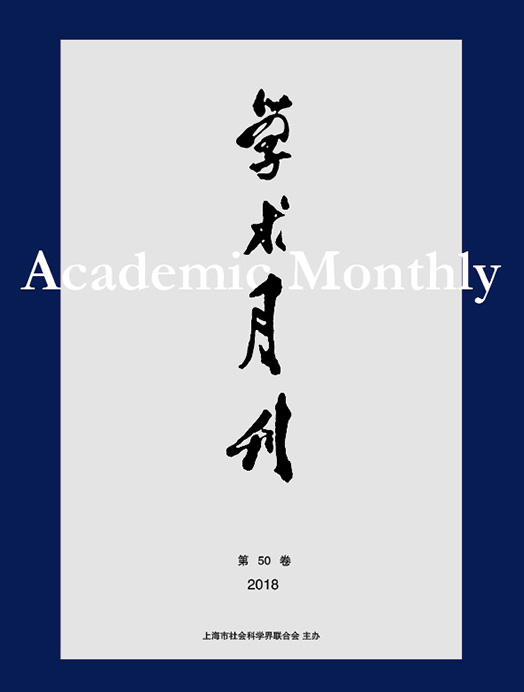


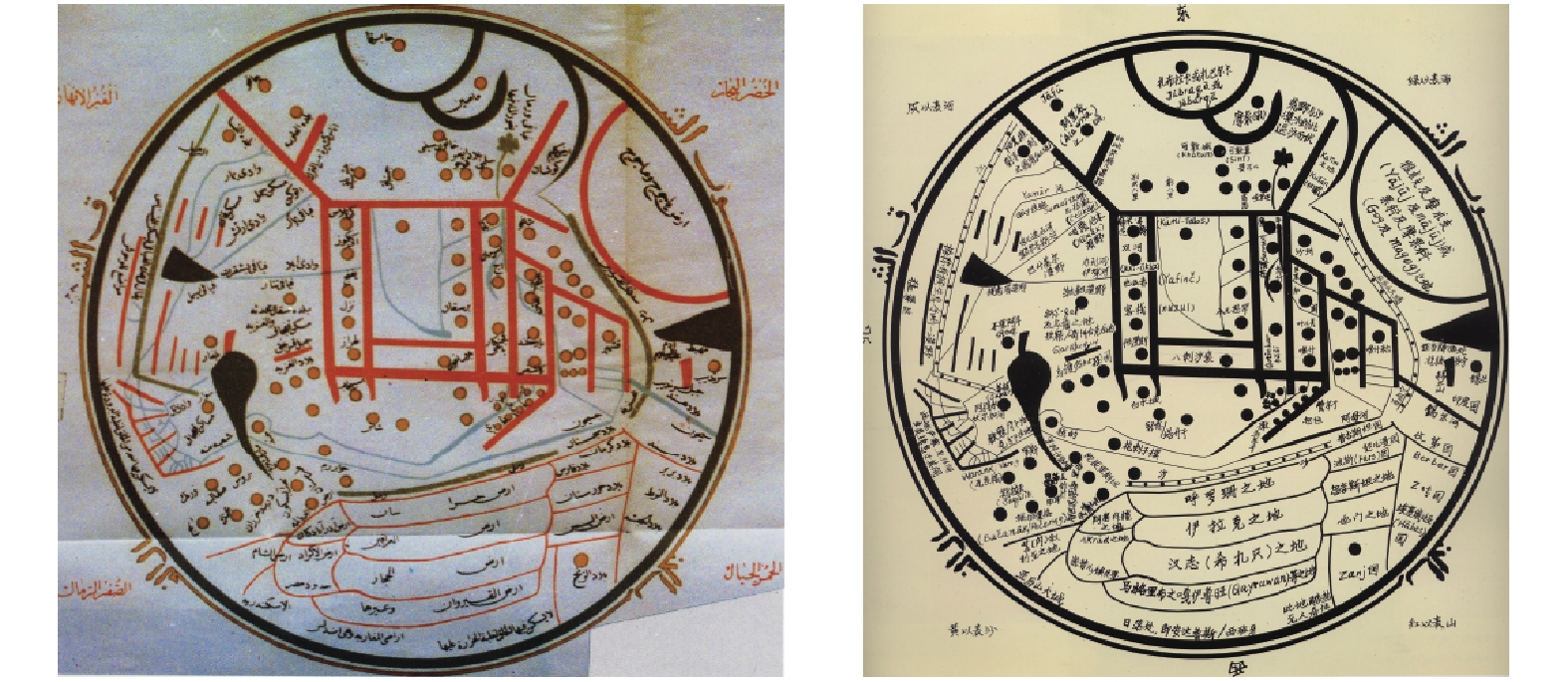
 沪公网安备 31010102003103号
沪公网安备 31010102003103号 DownLoad:
DownLoad:
